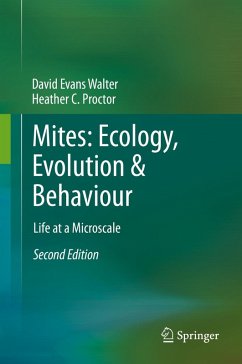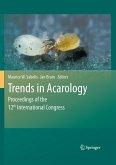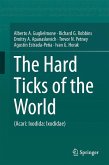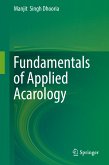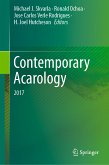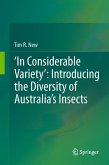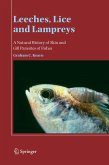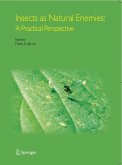Dieser Download kann aus rechtlichen Gründen nur mit Rechnungsadresse in A, B, BG, CY, CZ, D, DK, EW, E, FIN, F, GR, HR, H, IRL, I, LT, L, LR, M, NL, PL, P, R, S, SLO, SK ausgeliefert werden.
"This is a very readable, easy-to-follow book. It starts with a brief introduction about mites and their ecological role and continues with the intricacies of mite biology. ... Thanks to the well-organized, end-of chapter references, these readers can locate some of the original works on the subject. ... It is also very well written and designed and provides more illustrations than its predecessor. Summing Up: Highly recommended. Upper-division undergraduates through professionals." (J. M. Gonzalez, Choice, Vol. 51 (9), May, 2014)
"This book is the second edition of an overview of the mites (Acari), which explores their fascinating biology, with emphasis on ecology, evolution and behaviour. ... this outstanding book is highly recommended for amateur and professional biologists, interested students, specializing acarologists and for libraries. ... The entire book is written in a 'friendly', clear, non-obtuse style with scientific terms explained, and it gains much by the many illuminating Figures." (Uri Gerson, Experimental and Applied Acarology, Vol. 64, 2014)

